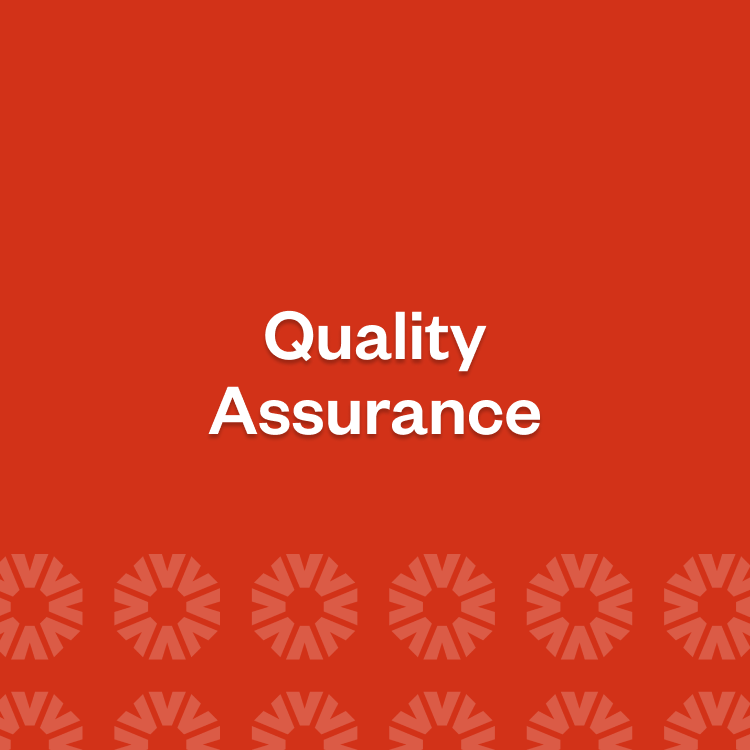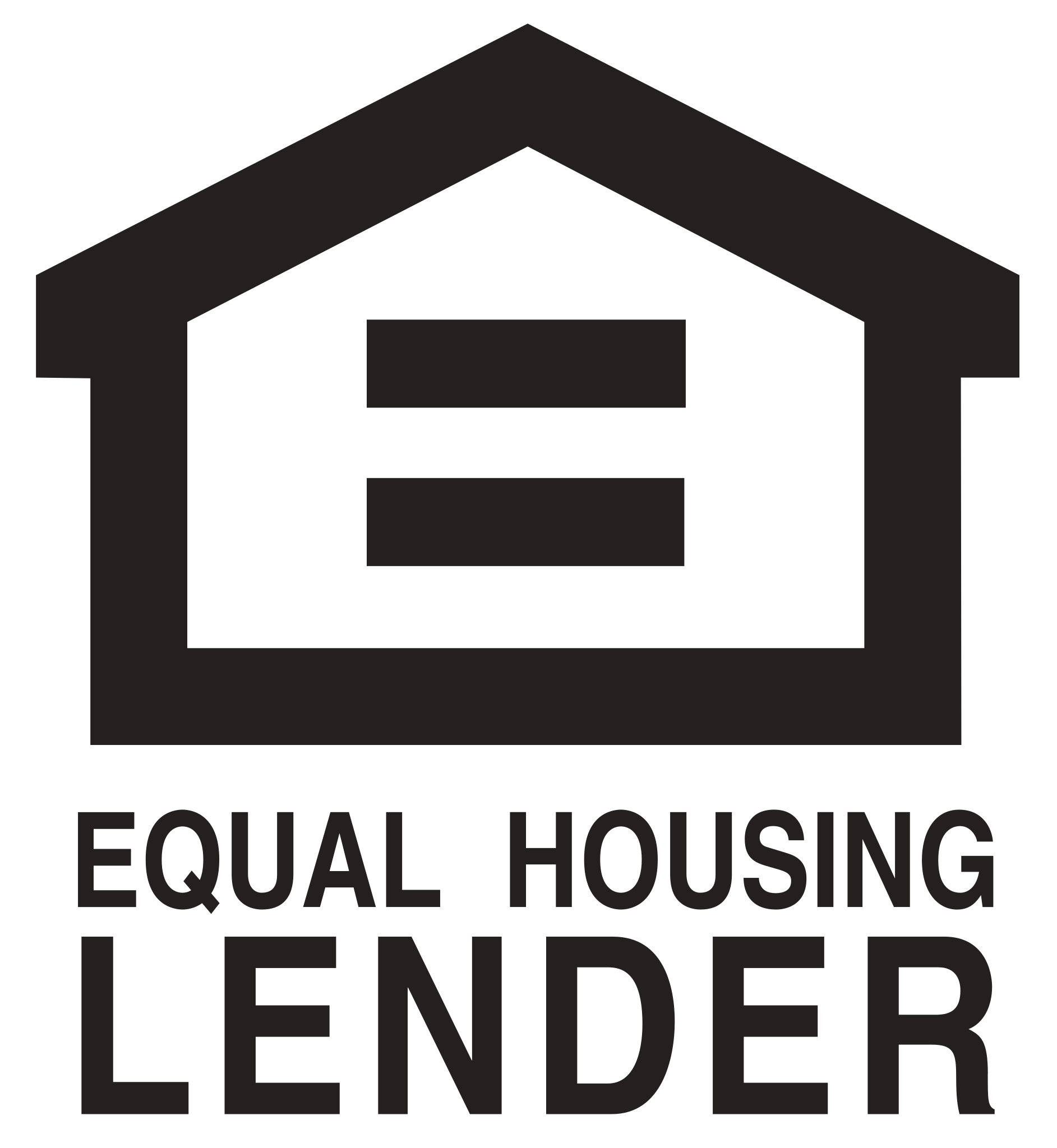We often get questions from potential candidates about the unique challenges we’re trying to solve at Valon. Up until now, we’ve generally answered them with high-level actions like:
- Creating a friendly and modern homeowner experience to gain customer trust
- Scaling an operational and highly regulated business with our own technology
- Emphasizing an elegant software design that is accessible to all
While effective, this framework does not give proper justice to the complexity of the issues we face. It also doesn’t answer the “why” behind many of these difficulties. So, in the spirit of transparency and finding fellow visionaries who align with our mission, we want to explore what it means to tackle & solve problems at Valon.
Financial Literacy
When a homeowner gets a mortgage today, lenders use existing underwriting criteria to evaluate that individual’s current ability to meet their payments. This benchmark is a way to measure and predict a homeowner’s long term ability to maintain their end of the loan. The problem with this methodology, however, is that it’s overly simplistic. In practice, many lenders end up either overestimating, or underestimating, a homeowner’s ability to responsibly manage their personal finances alongside paying their mortgage.
Keep in mind that there are federally required disclosures that explain the risks associated with taking out a loan. Unfortunately, these documents are a tricky mixture of legalese and numbers that may be confusing to the average American. Many homeowners do not have expert financial backgrounds and often just skim these disclosures.
Here is the problem: you can make enough money to afford a home, but without knowledge of how to budget and confidently navigate the mortgage sector, there is always the risk of financial hardship. Worse yet, many servicers do a poor job of helping homeowners out of these situations, as there’s little incentive to go above and beyond.
In addition to homeowners, other entities contribute to the complication of the mortgage industry. While lenders do get to choose who they loan money to, their decision is still shaped by the underwriting restrictions of the GSEs and the Federal Reserve. The government also adds to the conversation by having a fundamental desire to encourage economic growth and increased homeownership rates. So, while one can argue financial hardship is caused by poor lending standards and predatory practices, the root cause is much more complex. At the end of the day, the majority of homeowners are insufficiently prepared for the ups and downs of any normal economy.
How can we better understand this problem as it relates to Valon? Recently, our team came across a situation where a homeowner became delinquent on their mortgage.* At first glance, the homeowner appeared to be in good shape. There was a substantial amount of equity in their home, and they had every intention of paying their mortgage on time. So how could they have missed a payment? As our team investigated deeper, we learned that the homeowner was spending their excess income on payments for a new sports car their spouse had leased. Unfortunately, the spouse had passed away. As a result, the homeowner no longer had enough income to pay for both the car and the home.
It’s important to remember that personal finances are never handled solely on the basis of logic. People are human. Saving, spending, and swift decision-making cannot always account for life’s uncertainties. What if someone loses their job? What if they experience a sudden loss? What if their poor spending habits are only byproducts of a larger problem? Life is full of what ifs, which is why personal finance is just that: a personal experience.
Based on industry best practices, there are two things we could have done in this situation:
- Follow the rules of servicing and provide overly generic advice on how to get back on track, or
- Spend time educating the homeowner on their finances and how they should probably give up the car in order to avoid foreclosure
Both options are perfectly acceptable under the law. In fact, there is very little a servicer is required to do. Providing a link to a website that can help with financial assistance, without any explanation, is often part of the standard response. But, in the spirit of championing homeowners, we want to create patterns of service that cater to a homeowner’s specific situation.
This is not to say that we can change the industry overnight. Unsurprisingly, option one (“Follow the rules of servicing…”) is what we are usually prepared to do, given it is the minimal requirement by law and regulation. Option two (“Spend time educating…”), can also be risky given that most lenders enforce foreclosure timelines on servicers once a homeowner is unable to pay. If a homeowner doesn’t fulfill the requirements in time, they can face negative consequences. As a result, most servicers (including us):
- Send some pieces of mail, including letters informing homeowners that they’re delinquent, at risk for foreclosure, and may have assistance options available
- Make periodic contact by phone and mail
- Offer non-customized stock plans that largely boil down to one of following:
- “I haven’t figured things out, give me 6 months,” or
- “I have figured things out but earn less than before,” or
- “I can’t afford my house, so I’m going to give up my home”
These approaches often lead to subpar outcomes for homeowners. For the most part, there is an increased likelihood that they don’t accept the right type of loss mitigation plan and are instead forced to give up their home. Naturally, this leaves a lot to be desired. But, as a company that actively works to improve the mortgage sector, we plan on fulfilling these desires as a long term goal. So where do we start?
We’re lucky to have experienced team members who care deeply about the work they do. In the case of this specific homeowner, our team spent a significant amount of time with them discussing assistance plans that would impact their finances. We also outlined adjustments they’d have to make in their life to successfully manage their mortgage. It seems small, but acting as a financial advisor and giving thoughtful insight into what exact programs will provide the most aid will go far. Overall, we need to build a systemic and sustainable way to help people. If we can develop that approach, then we can meet our homeowners at the intersection of their personal finances and their mortgage payments.
This is what our team discusses internally when we think about the problems we need to solve and the impact we should make. There is a common misconception that most people who get mortgages are wealthy. Yet, each year there are hundreds of thousands of families in varying tax brackets who experience bankruptcy and foreclosure. Despite the uncertainty, hardship is perhaps the greatest opportunity for us to establish long term trust and create better outcomes for homeowners. The truth is, anyone can fall into tough times. But what matters more is that anyone can get out of them.
*The details of the story have been changed to protect the privacy of the homeowner




